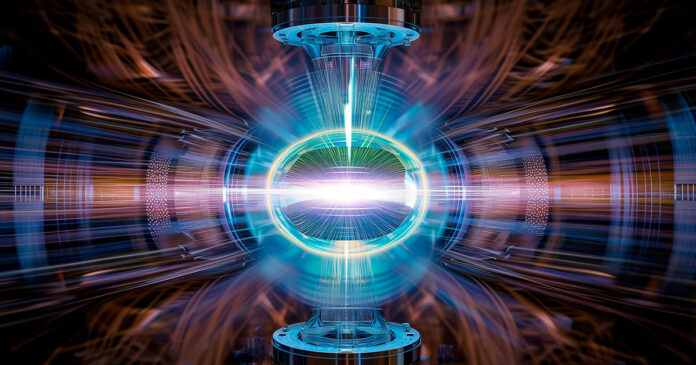
British fusion energy startup Tokamak Energy has secured $125 million in funding to develop fusion power, the clean and virtually limitless energy source that fuels the Sun and stars.
Founded in 2009 as a spinoff from the UK Atomic Energy Authority, Tokamak Energy is working on a tokamak reactor — a fusion design first developed in the 1960s. Tokamaks use powerful magnets to confine plasma in a loop while running an electric current through it, creating the conditions needed for nuclear fusion.
The latest funding round, led by East X Ventures and Lingotto Investment Management, included contributions from new investors such as British Patient Capital, Furukawa Electric Company, BW Group, and Sabanci Climate Ventures. The investment brings the company’s total funding to $335 million, making it Europe’s most well-funded private fusion energy venture.
Commercialization Plans and Magnet Technology
Tokamak Energy plans to use the funding to advance its goal of operating a fusion power plant by the 2030s. The funds will also support the company’s subsidiary, TE Magnetics, which develops superconducting magnets using rare earth barium copper oxide (REBCO) tape. These magnets, critical for plasma confinement, are in demand across industries such as mobility, renewable energy, and scientific research.
“Our mission is to make fusion energy a reality, and we believe strong global partnerships are key to achieving that,” said Warrick Matthews, CEO of Tokamak Energy. He described the funding as arriving at a “critical” and “exciting” moment in fusion development.
Pilot Reactor and Spherical Tokamak Design
At its Oxford headquarters, Tokamak is refining its approach with the ST40 pilot reactor, a spherical tokamak design that is more compact than traditional donut-shaped reactors like the ITER facility in France. The spherical shape enhances plasma confinement, making the reactor smaller, cheaper, and more efficient to build, the company says.
In 2022, the ST40 became the first privately owned fusion reactor to reach 100 million degrees Celsius — six times hotter than the Sun’s core and a critical threshold for self-sustaining fusion reactions.
Fusion Energy’s Growing Momentum
While fusion energy has long been considered a technology perpetually 20 years away, recent advancements suggest progress is accelerating. A poll at the International Atomic Energy Agency’s forum in London earlier this year found that 65% of industry insiders expect fusion-generated electricity to reach the grid at viable costs by 2035, with 90% predicting this milestone by 2040.
Once operational, Tokamak Energy’s reactors are expected to produce 500 megawatts of clean electricity — enough to power approximately 85,000 homes.